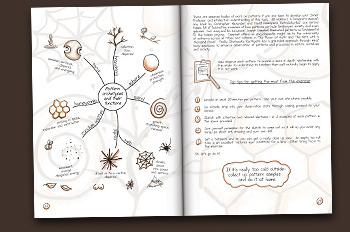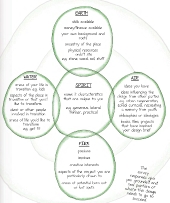


Diego Footer on Permaculture Based Homesteads - from the Eat Your Dirt Summit
will be released to subscribers in:
soon!



 3
3





Dave's SKIP BB's / Welcome to Permies! / Permaculture Resources / Dave's Boot Adventures & Longview Projects














 3
3




 4
4




 3
3




 6
6




 2
2




 1
1




Watching gardeners label their plants I vow with all beings to practice the old horticulture and let plants identify me. -Robert Aitken, The Dragon Who Never Sleeps




Real funny, Scotty, now beam down my clothes!
 1
1




Cultivating connection between people and places for thrival and peace.
http://www.beingsomewhere.net/pdcbook.htm




Scott McBride wrote: have you discovered any more connections between recognizing patterns and applying them in design?

Cultivating connection between people and places for thrival and peace.
http://www.beingsomewhere.net/pdcbook.htm
 2
2




Dave Burton wrote:In Permaculture Design Companion, Jasmine Dale makes a helpful chart to help illustrate some permaculture patterns and get the designer to start recognizing patterns and learning how to apply them.

(source)
how could someone recognize a downward (destructive) spiral and turn that into an upwards (constructive) spiral?
Cultivating connection between people and places for thrival and peace.
http://www.beingsomewhere.net/pdcbook.htm
 1
1




 2
2




 2
2








Cultivating connection between people and places for thrival and peace.
http://www.beingsomewhere.net/pdcbook.htm

|
Talk sense to a fool and he calls you foolish. -Euripides A foolish tiny ad:
Freaky Cheap Heat - 2 hour movie - HD streaming
https://permies.com/wiki/238453/Freaky-Cheap-Heat-hour-movie
|







